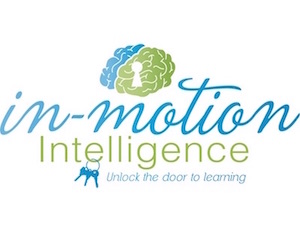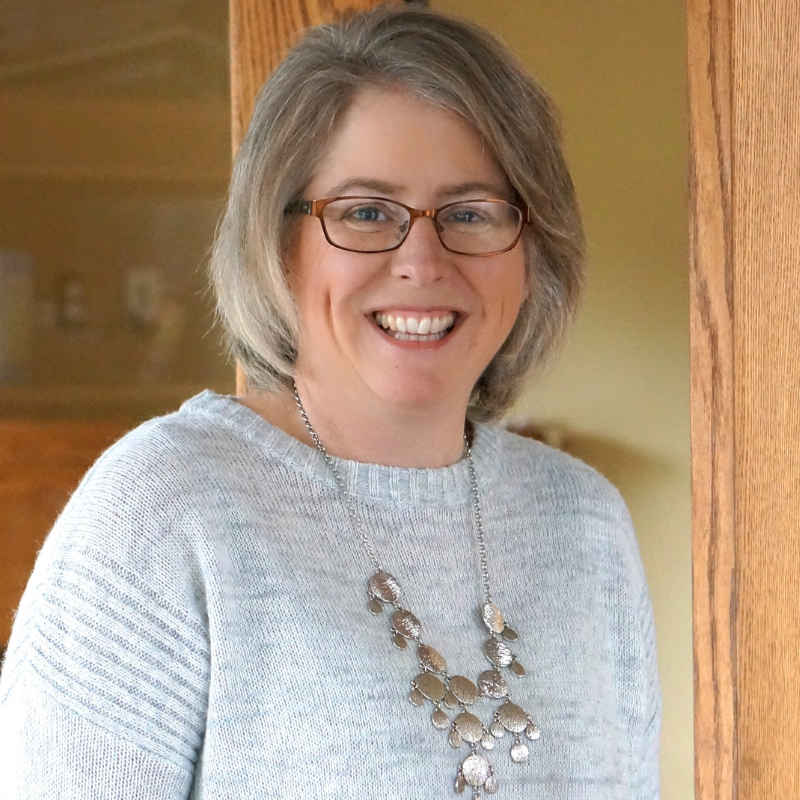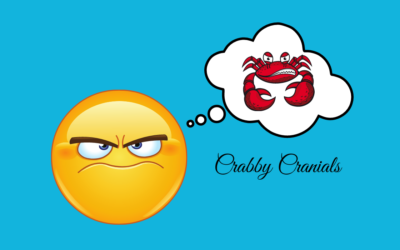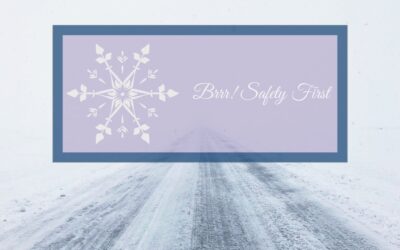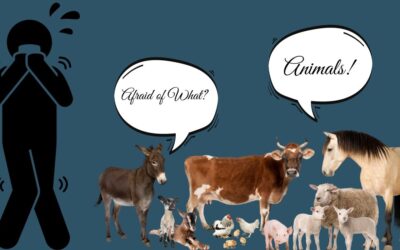Have you ever wanted to understand another’s viewpoint only to keep getting stuck in your own? There was one concept I just could not wholly and deeply comprehend. The more it pertobated in my being, the more stuck and confused I felt. It took an emotional response during an Edu-K course for me to finally have the “aha”. I then had the concept in my heart and body; it took practice and repetition to find language to appropriately express it to others.
In one experience, I heard someone mention the tragedy of C-section babies and how one’s means of birth directly affects future learning. Since Leah was a C-section baby, my whole body responded with breath holding, flushed face, rapid heartbeat, negative emotions, racing argumentative thoughts, etc… How dare someone label Leah’s future learning based on the way she entered the world! I responded from a defensive and stressed place.
I was fortunate to participate in a nearly identical conversation the following week in another course. Much to my delight, my physiological response stayed out of the red zone and my language was more clear and coherent. Yeah!
Correlation Vs Causation language
What is the purpose of sharing this? Whether a Brain Gym® 101 graduate or a Licensed Instructor/Consultant, we are responsible for our words. Does being born via C- section absolutely cause future challenges in school? No. Is there a potential for a relationship between the two, a correlation? Possibly. This is but one example where our language can unintentionally sound absolute and truth oriented (causative), rather than open-ended (correlative).
Other topics I’ve heard (wrongly) referenced as absolute causation range from crawling as an indicator of reading success to adoption as an indicator of attachment issues. Are there correlations? Possibly. Is it appropriate and/or necessary to diagnose as such? No. Can we simply and consciously speak from a place of possibility and respect for each individual?
Language intention
One of the key elements inherent in each Brain Gym and Edu-K course is language intention. I have heard crazy things come out of my mouth when teaching and consequently watched entire groups of people shut down. Words are powerful! Conversely, when the words flow with truth, breathe with possibility and are spoken with intent, the group often becomes curious and motivated. They ask questions and collectively draw the information out of one another.
In Optimal Brain Organization we learn the importance of attaching a positive emotional marker to new learning. When our words send others into stress, what kind of marker are they creating? How can we adjust our language ever so gently and avoid sending our listeners over the edge into fight/flight or even a freeze response?
I love having repeated opportunities to practice new learning. As it turns out, I was in California with the Faculty, Administration and Board (FAB) right after my two experiences with correlation and causation. One balance involved an invitation to role play a two year old, which was easy since Leah just turned two: limited verbal expression, lots of body language, and in the moment with a self-centered attitude! Oh-oh, reminds me of correlation versus causation. I now understood on a physical, emotional and intellectual level the other’s original viewpoint. I was no longer stuck. In turn, I wanted everyone to understand it as deeply as I now did, pronto! I was having an internal temper tantrum complete with internal foot stomping, gesturing fist, turning red, and forceful self-talk. Yes, this was the perfect balance for me.
As homeplay, I am writing this article to share my growth with you. Educational Kinesiology is an educational model. In Edu-K we may find relationships and correlations. Must we identify definitively the cause of a challenge before moving forward towards growth? No. Should our language put a ceiling on another’s potential? No. The sky is the limit…may our verbal and non-verbal language reflect it!
In conclusion, our family trip to Texas for the Visioncircles Teacher Training was fabulous. The grand finale of this trip involved a flat tire. We can be fairly certain the nail in the tire caused it to go flat. Now we’ve returned and it is Minnesota’s pothole season. Should one hit a pothole and later get a flat tire, it would be much more challenging to prove the pothole caused the flat. We can say there may be a correlation between the flat tire and the pothole.
And so, I wish you safe travels through your life-journey. Keep your eye on the path before you. Watch out for sharp objects. Notice the potholes you slip into and consider other choices.
